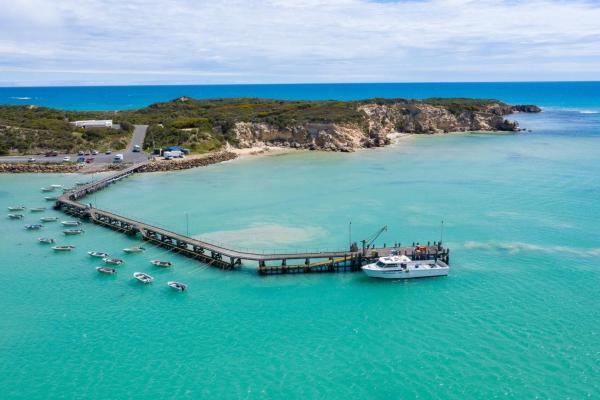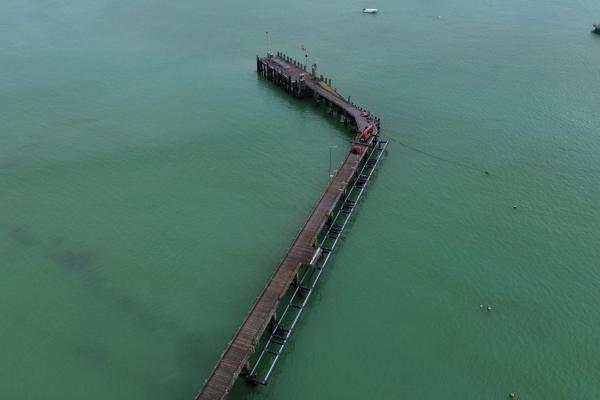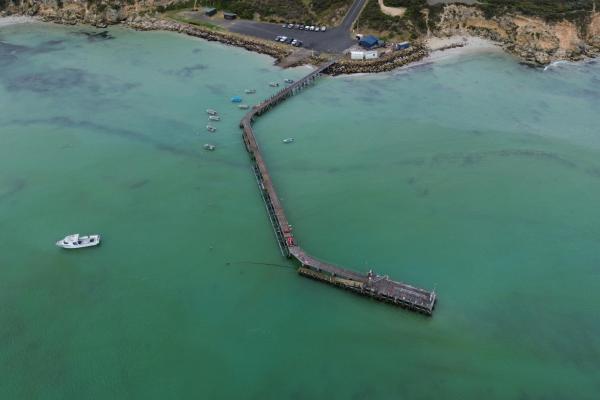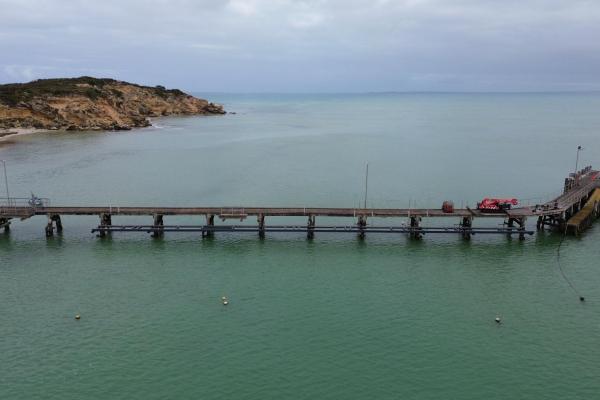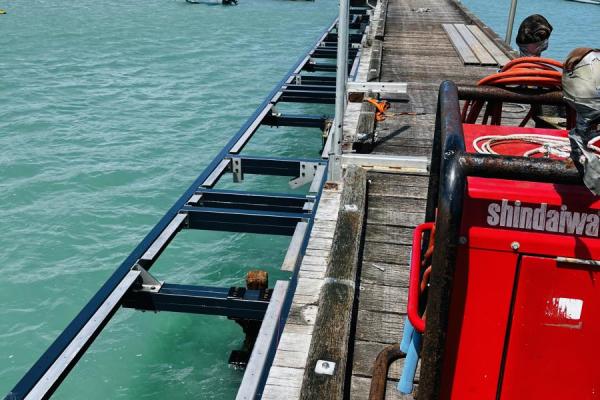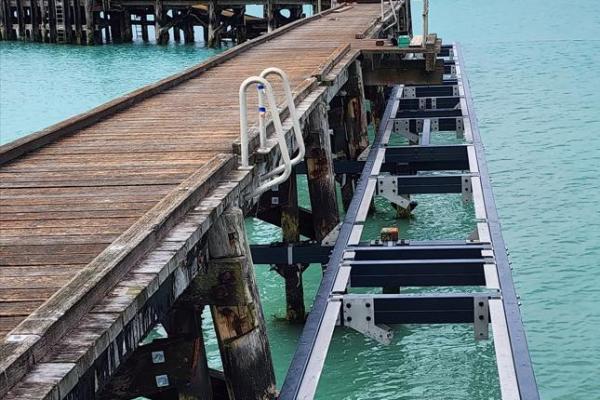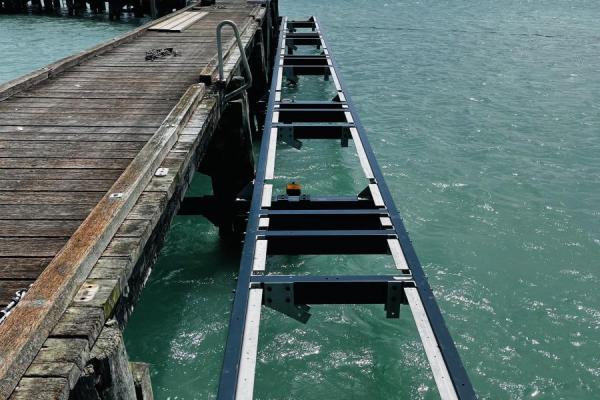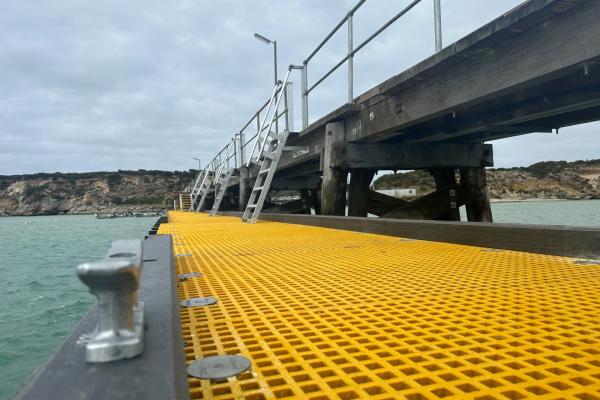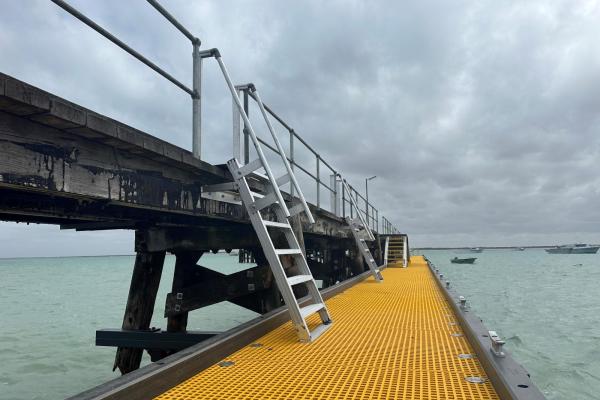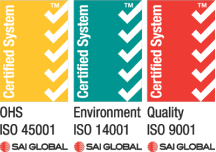Read on to discover how an historic jetty in South Australia got a modern makeover with composite materials in the wake of declining quality, rising prices and shortages of hardwood timber. Southend Jetty is located on the Limestone Coast near Beachport, is managed by the Department for Infrastructure and Transport (DIT) and is home to a significant rock lobster fleet.
Southend Jetty was built a long time ago, predominantly from timber and designed in an ‘L’ shape to get out to the deep water.
“Southend Jetty has been there since the 60’s or 70’s and like all of the historic jetties in this area it is well designed, constructed from quality timber and because South Australia doesn’t have the beauty of deep harbours, was designed to chase the deep-water allowing clippers and ships to drop off and pick up cargo.
“All of these jetties are historical structures that have stood the test of time; some were even designed to take heavy industrial steam trains. But the tide has turned, and we can’t depend or rely on timber for the repair of these jetties anymore because the quality is just not there, we don’t have the funding and even if we did, demand is so high we just can’t get our hands on the stock we need.” – DIT Manager of Marine Assets Spiros Dimas
Following a series of storms in 2021, Southend Jetty’s lower landings were damaged; with repairs to four lower landings and the removal and replacement of two others completed in December 2023 using Wagners Composite Fibre Technologies (CFT), Fibre Reinforced Polymer (FRP) structural profiles.
“We’d been doing band aid repairs on the lower landings for some time, and it just got the to the point in trying to band aid any longer.
“So, I was on the search for the ultimate material that I could use in my marine facilities that gave me reduced cost for the structure’s whole life and something that would be maintenance free for the first 20 years.” – Spiros Dimas
The repairs on Southend Jetty are a prototype of the lower landing design for the use of composites for jetty girders and the asset owner is hoping to see strength in UV, no to low maintenance and significantly reduced ongoing failures.
“With timber you can complete repairs and within months you’re back replacing boards because it’s had fungal or white ant attack, or its shrunk; I want to be able to put a plank there and have it stay there.” – Spiros Dimas
The lower landings are 1.8 metres wide, supported by FRP outrigging and cantilevered out under the proper with intermediary poles to lesser the spans by half and longitudinal girders and fenders.
“We’re wrapped with the result and look forward to seeing how it performs as a prototype to roll out in other lower landings across the state.
“From a safety and workability perspective, composites are much eaiser to man handle, modular and drop and bolt; they’re not big and heavy like hardwood timber and awkward to move around.
“We made a commitment years ago to innovate and look to better ways of doing things and certainly composites are ticking boxes from the perspective of providing readily available resources that offer long-term life expectancy and reduced maintenance cost.” – Spiros Dimas
